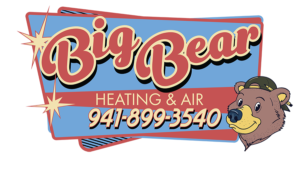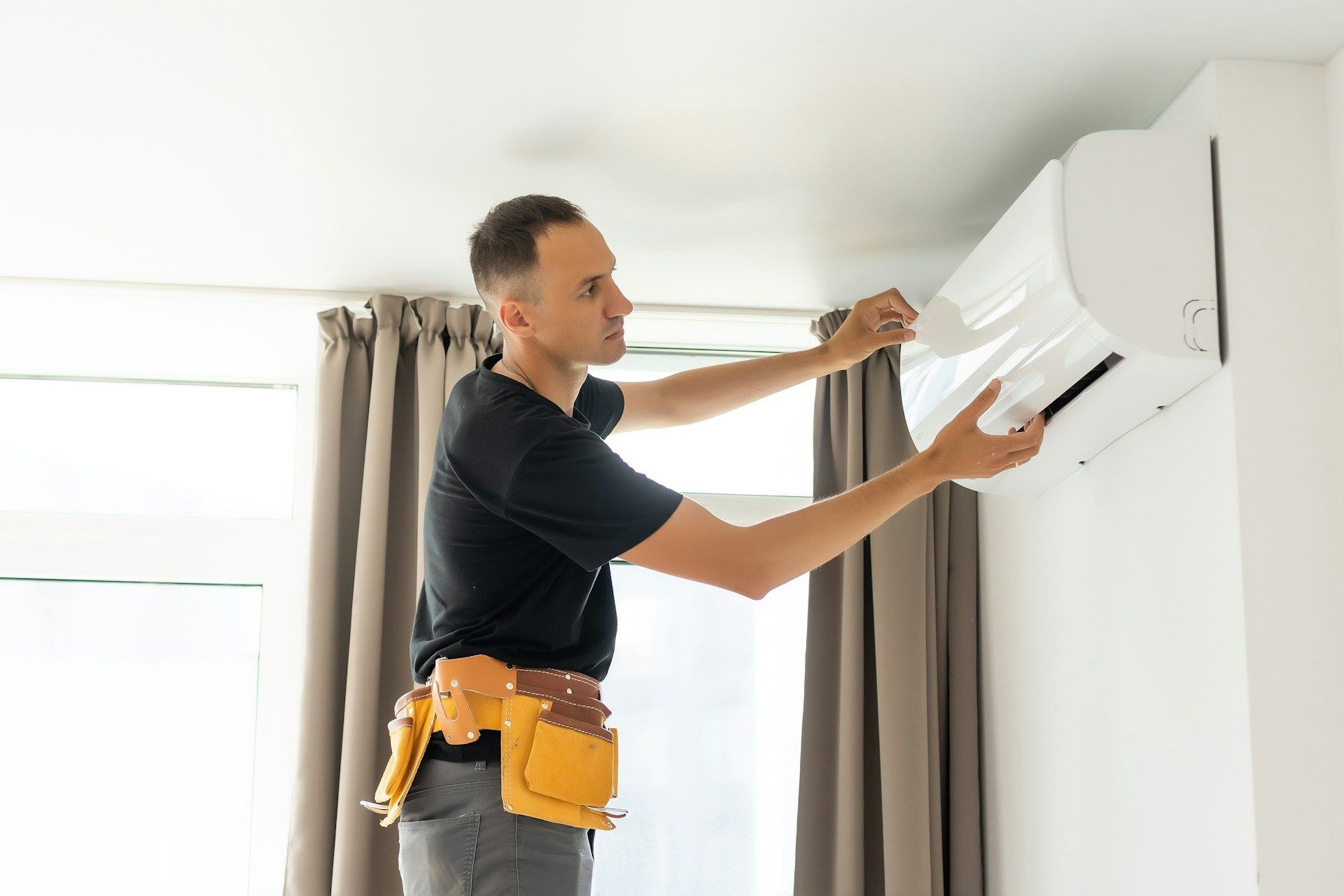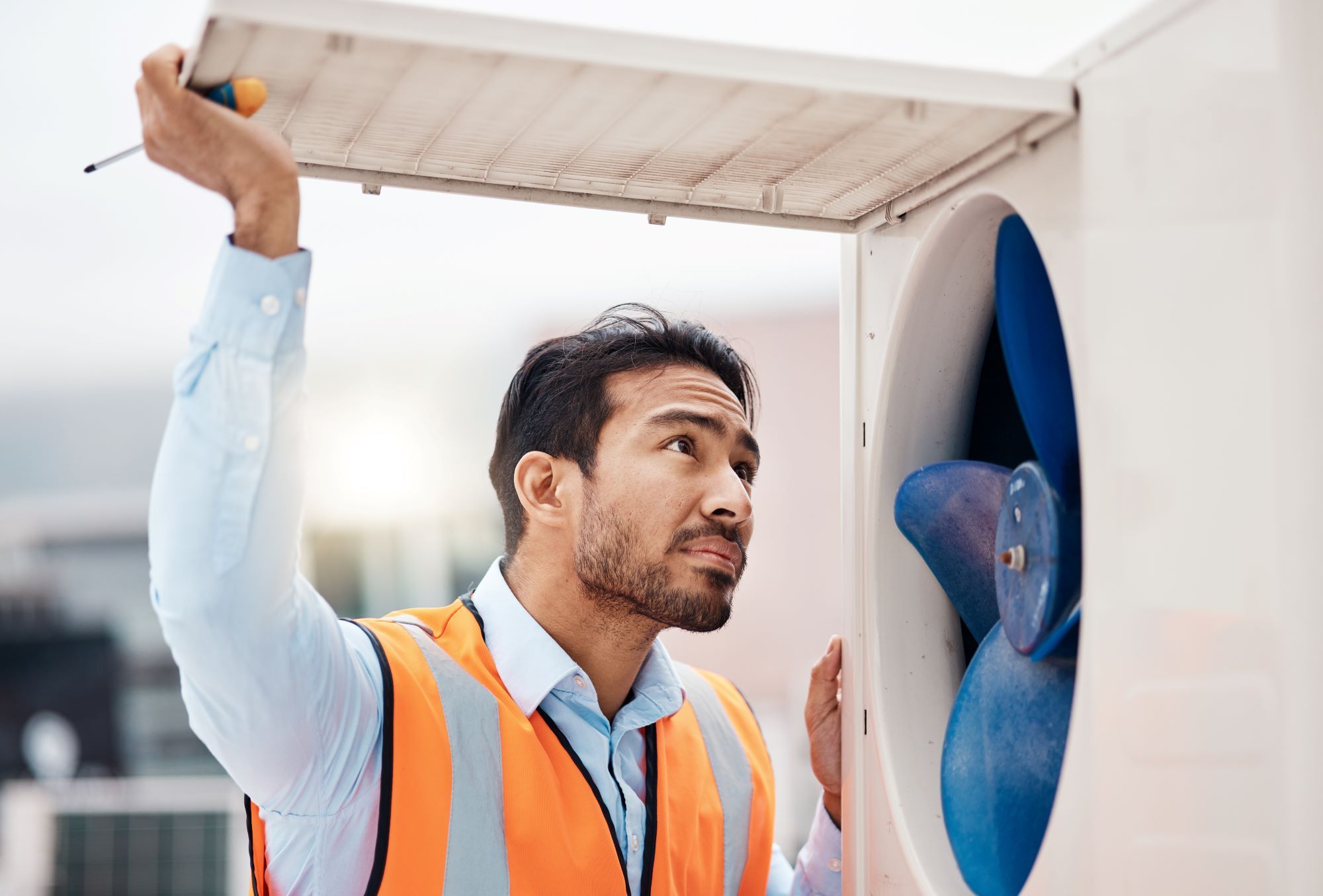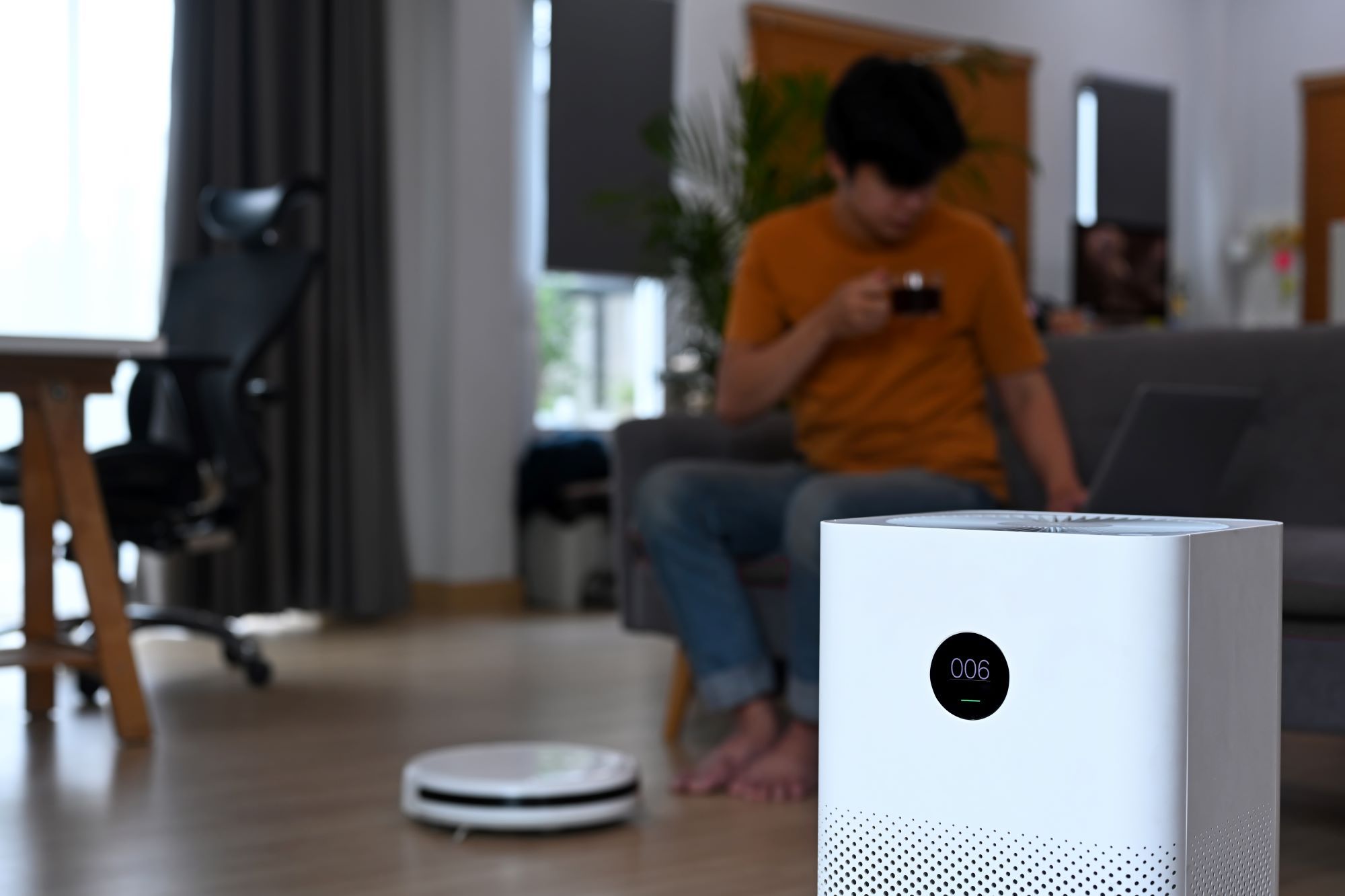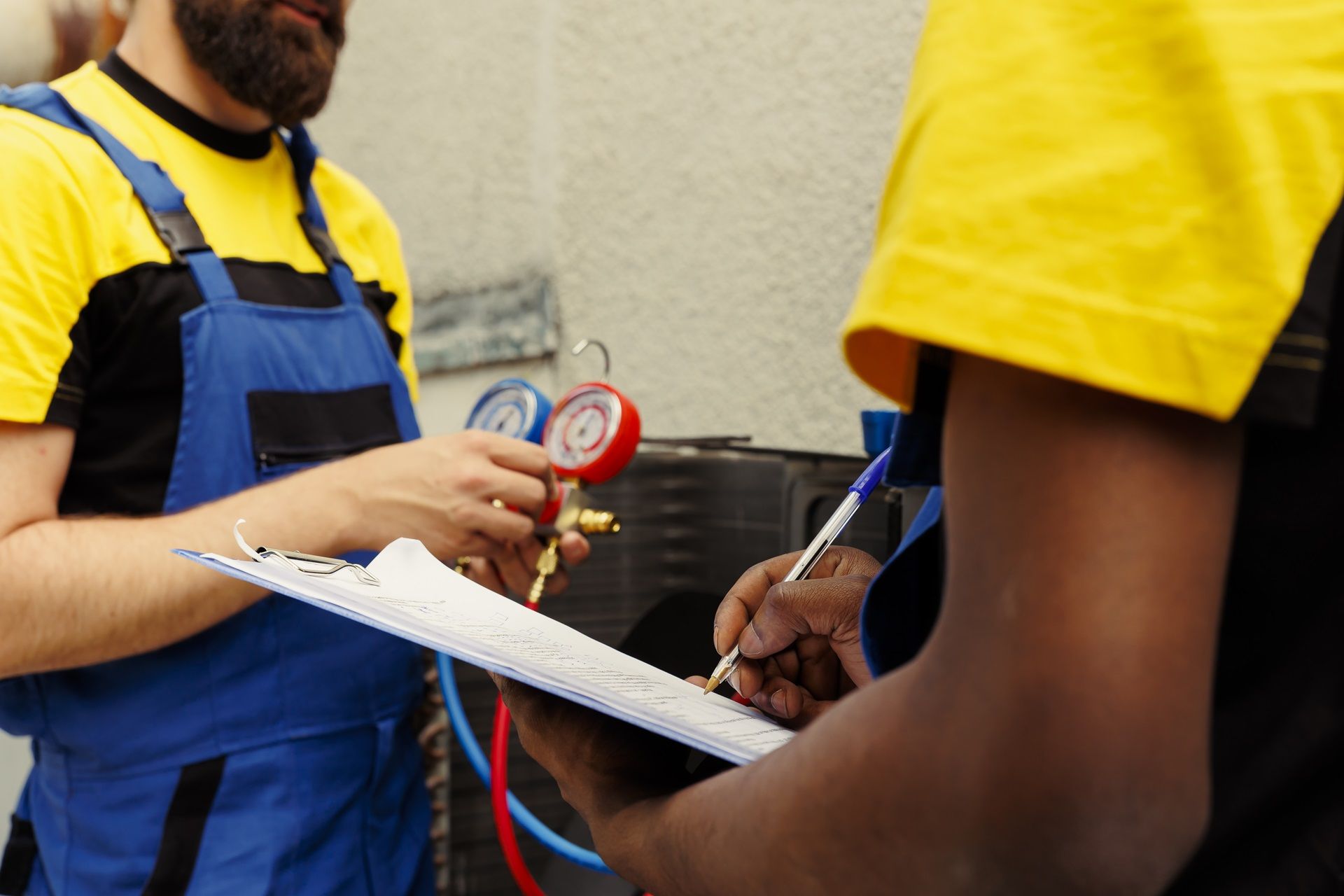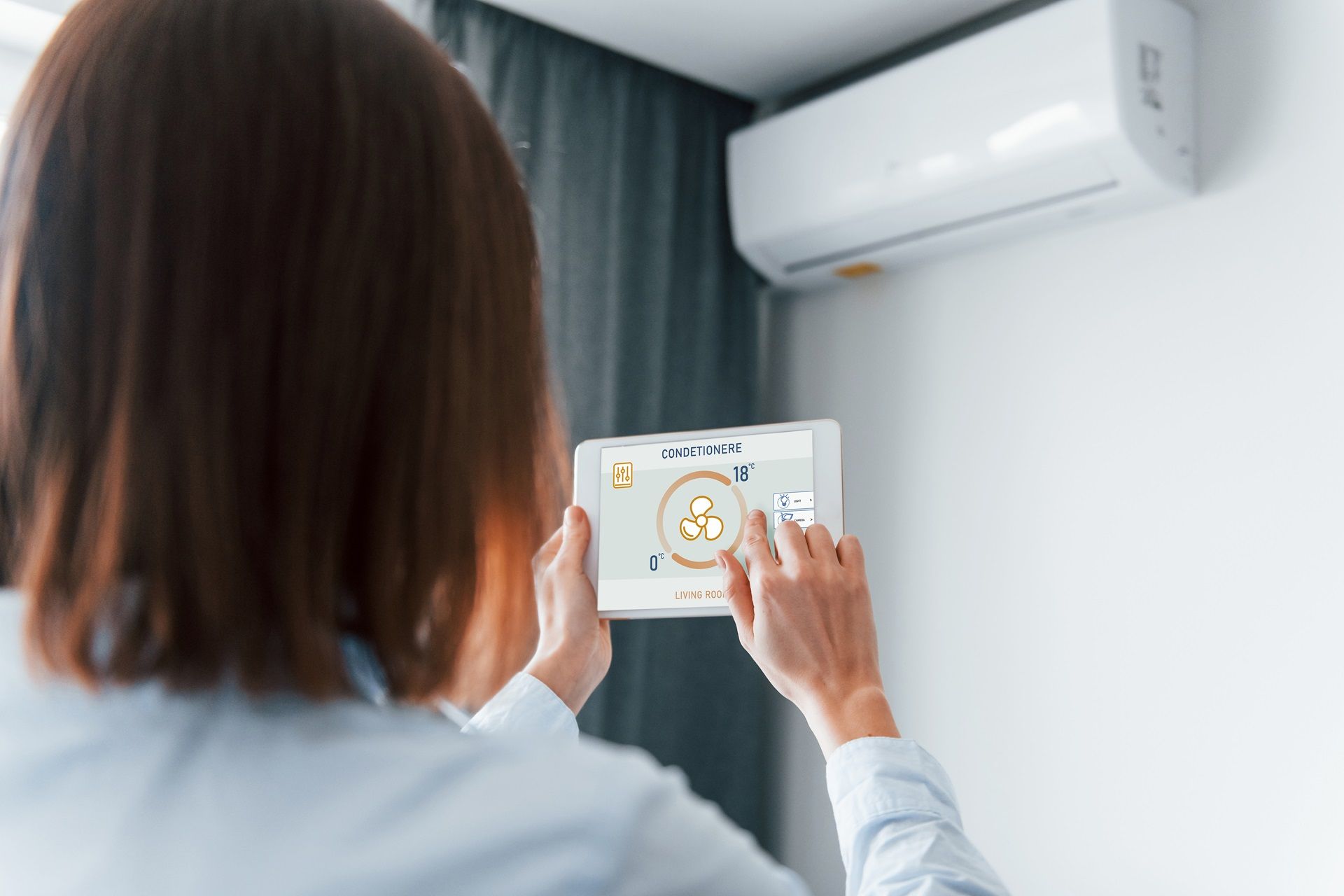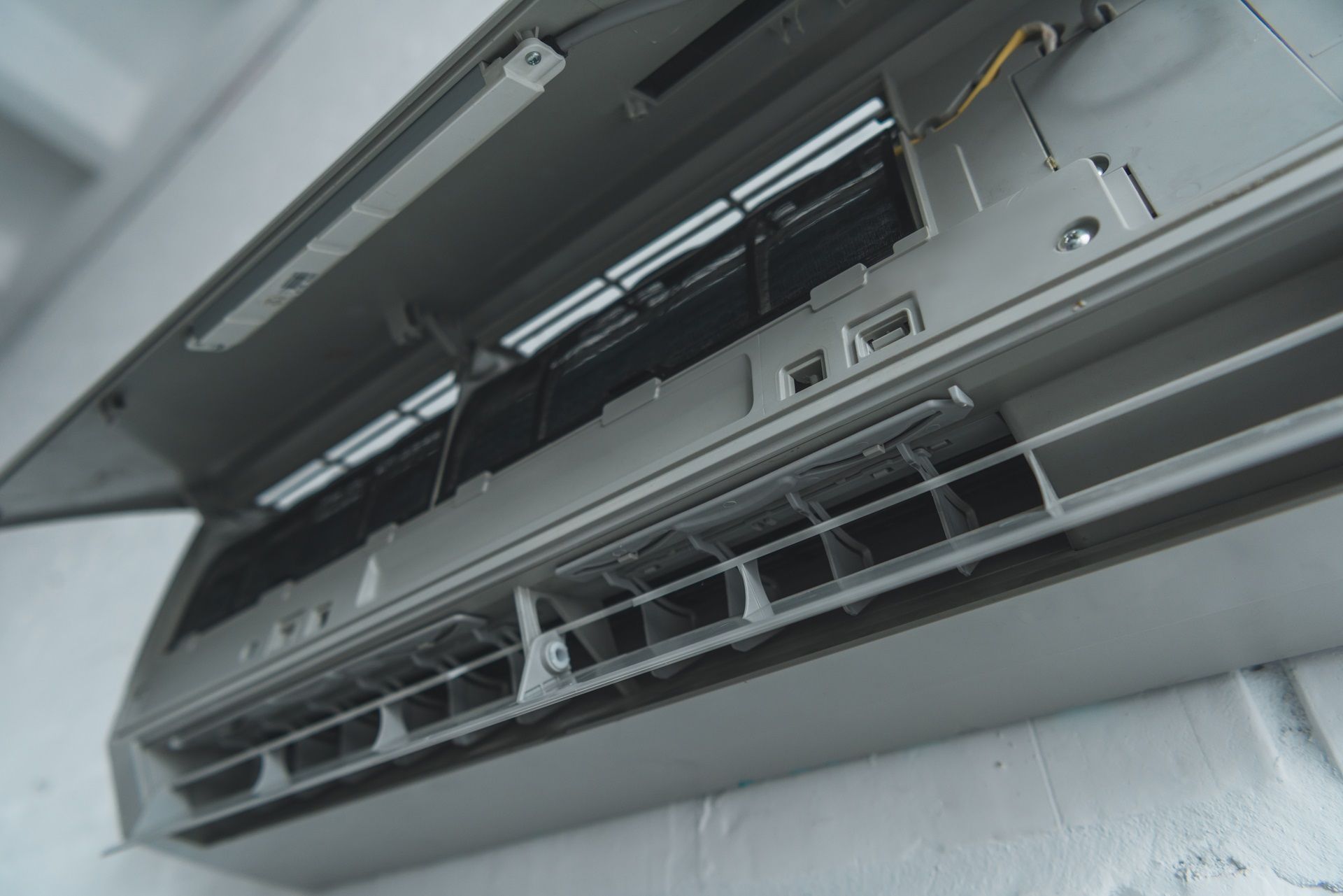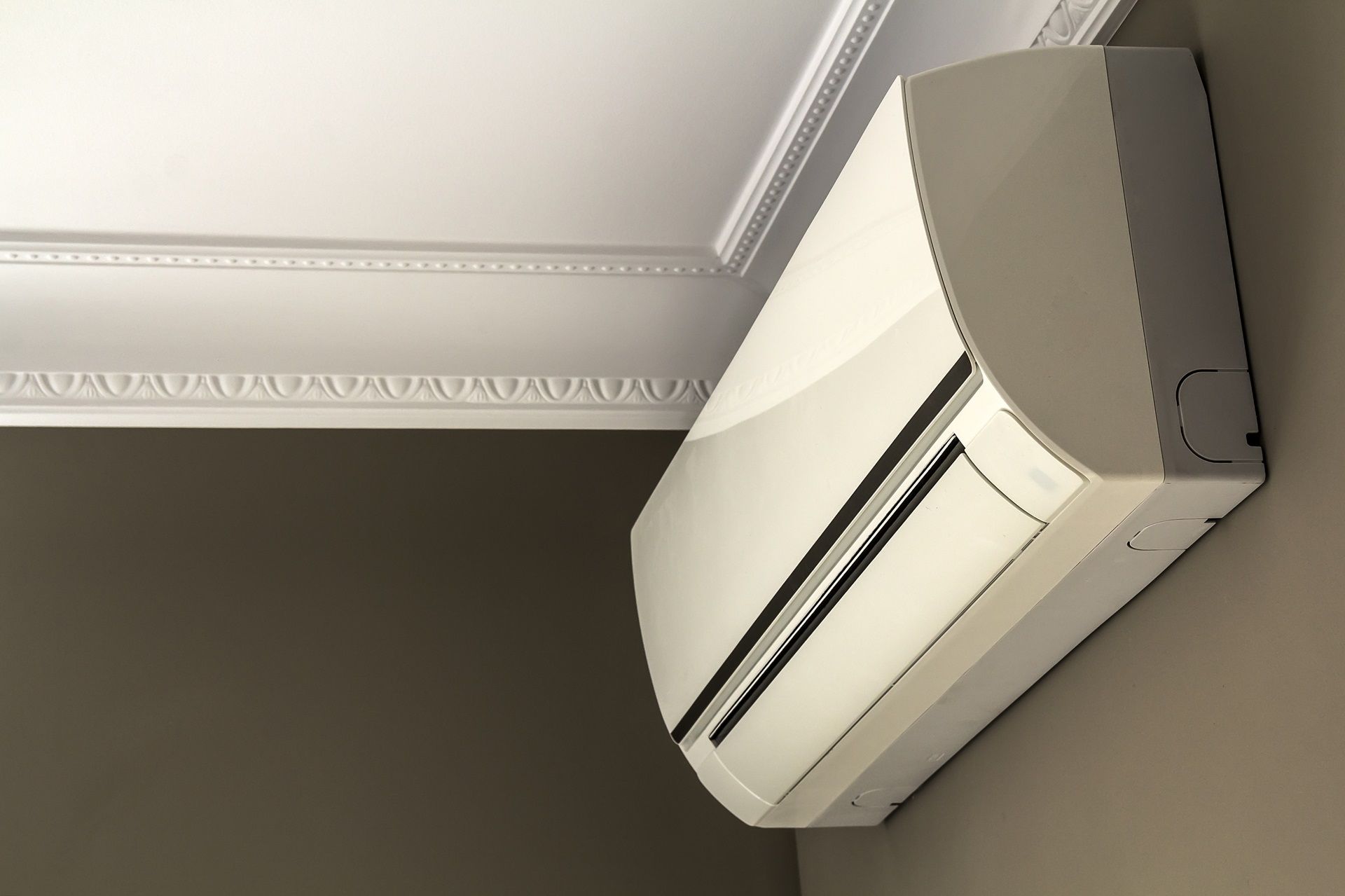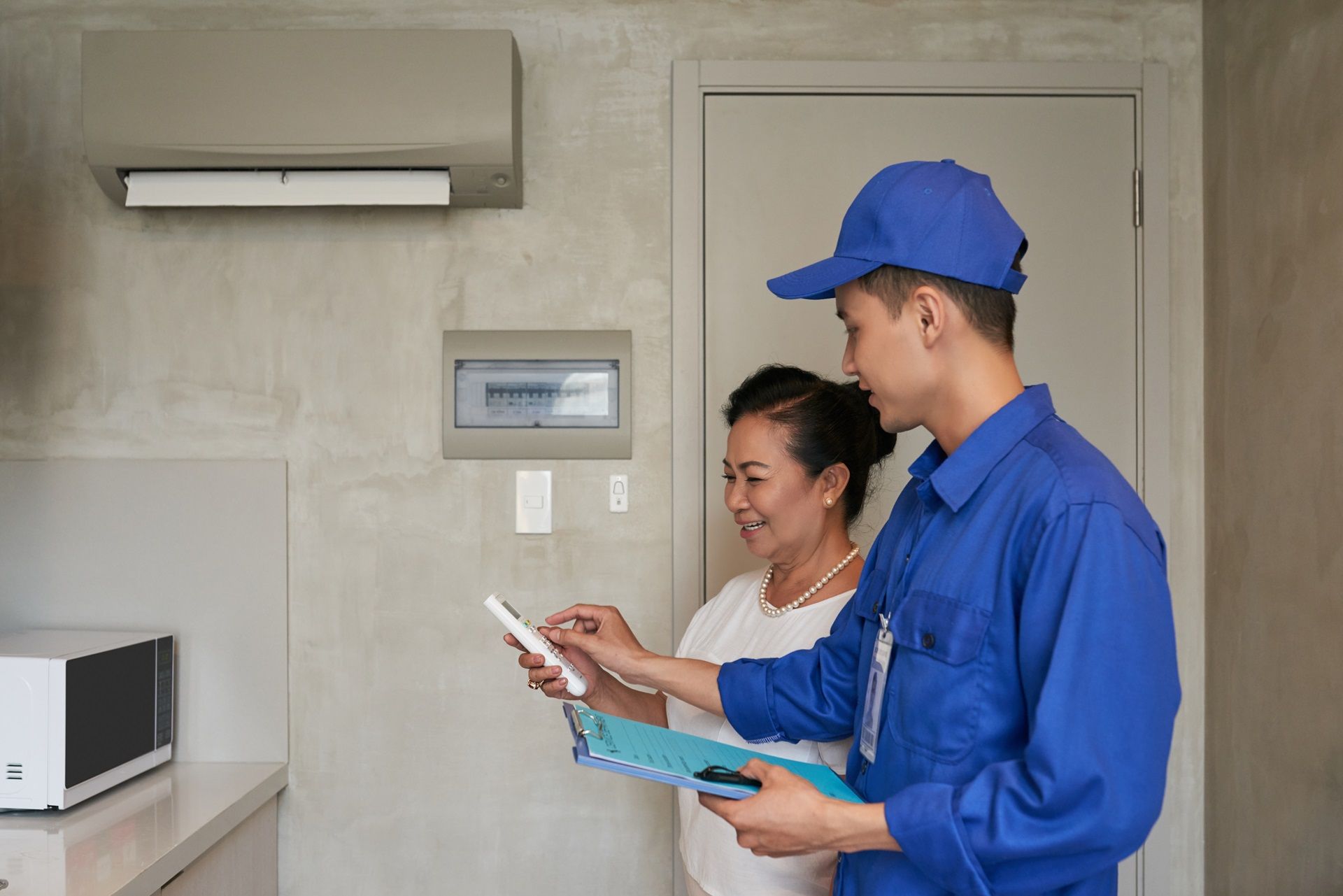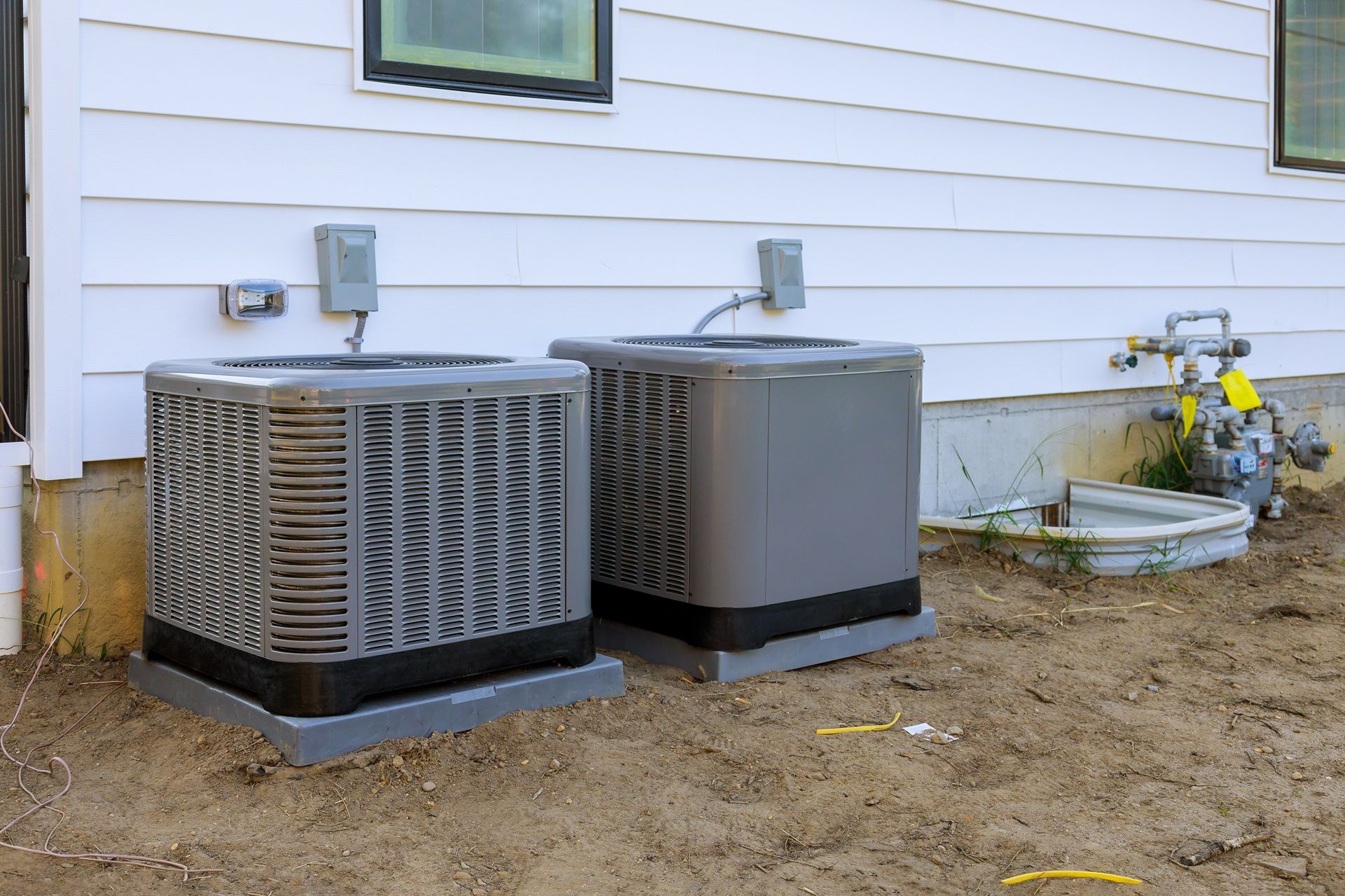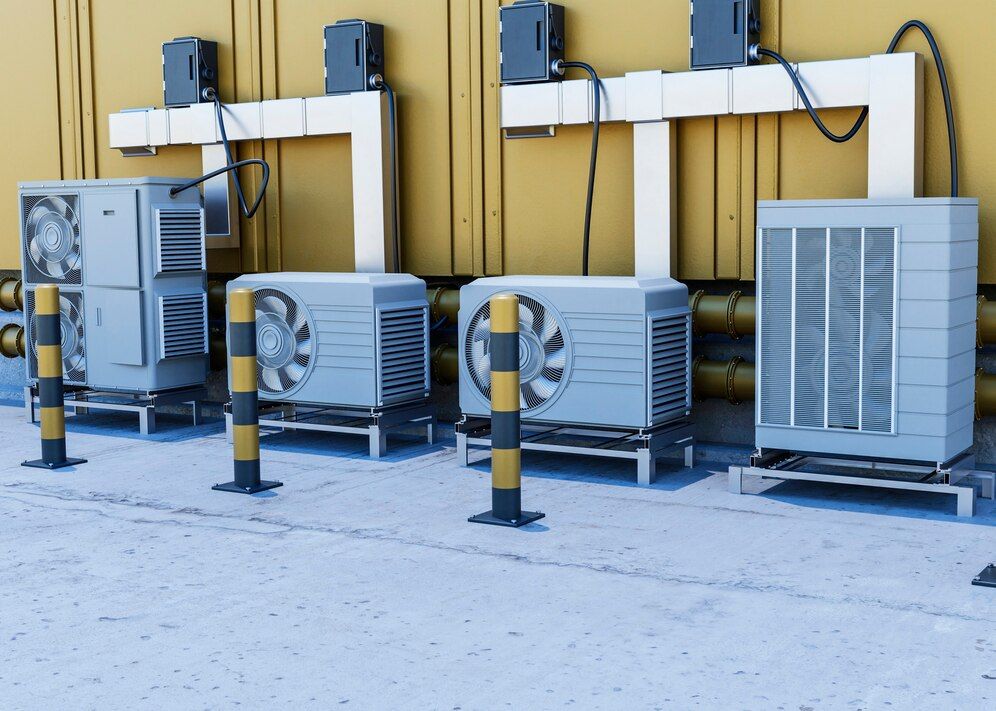Top 5 Common Air Conditioning Problems and How to Troubleshoot Them
Living in Sarasota and Manatee Counties, we rely heavily on our air conditioning systems to maintain comfortable indoor temperatures and humidity levels. However, as with any complex machinery, AC units can sometimes experience issues that impact their performance and efficiency. Being able to identify and address these common problems can help you save time, money, and ensure a comfortable living environment.
At Big Bear Heating & Air, our team of professionals excels at providing valuable insights and solutions for air conditioning and indoor air quality issues in both residential and light commercial spaces. In this educational blog post, we will outline the five most common air conditioning problems homeowners face and share practical troubleshooting tips for resolving these issues. By understanding these common concerns, you will be better equipped to quickly diagnose and address minor issues, helping maintain peak AC performance and avoid unnecessary repair costs.
As your trusted HVAC experts in Sarasota, Florida, our goal at Big Bear Heating & Air is to equip you with the knowledge necessary to tackle common AC problems and maintain a comfortable living space. Let’s explore these prevalent air conditioning issues and learn how to troubleshoot them effectively.
Insufficient Cooling or Airflow
One of the most common air conditioning problems is insufficient cooling or reduced airflow. When your AC system isn’t delivering the desired level of cooling, it’s crucial to identify the root cause swiftly. Some potential causes for this issue include:
1. Clogged or dirty air filters: Dirty filters obstruct airflow and can cause your AC system to work harder, potentially leading to inefficient cooling. Replace disposable filters or clean reusable ones every 1-3 months, depending on usage and environmental factors.
2. Blocked or closed vents: Ensure that all registers and vents are open and free from obstruction by furniture, curtains, or other items that may hinder proper airflow.
3. Malfunctioning fan or blower: If your AC fan or blower isn’t functioning correctly, it may significantly impact airflow. Check for signs of a malfunction, such as unusual noises, and contact a professional for repair if necessary.
Water Leakage Issues
A leaking AC unit is another common issue homeowners often face. To address this problem, first, determine the source of the leak:
1. Clogged condensate drain line: A blocked condensate drain line can cause water to back up and overflow. Regularly clean your drain line to remove any accumulated debris and avoid clogs.
2. Frozen evaporator coil: If the evaporator coil freezes, thawing may lead to water leakage. Inspect the coil for frost or ice, and consider possible causes like restricted airflow, low refrigerant levels, or a failing fan motor.
3. Faulty condensate pump: A malfunctioning condensate pump can also lead to water leaks. Check that the pump is functioning correctly, and consider replacement if it’s failing.
Unusual Noises
Your AC system should operate relatively quietly, so unusual noises can be a clear indicator of a problem. Identifying the type of sound and its cause can help you address the issue promptly:
1. Banging or rattling: These sounds may be caused by loose or misaligned components, such as the blower assembly or fan. Confirm that everything is securely connected and adjusted correctly.
2. Squealing or whining: High-pitched noises can indicate a malfunctioning belt or bearing in the motor. Inspect these components for wear and tear or misalignment, and replace or adjust as needed.
3. Hissing or gurgling: These noises may indicate a refrigerant leak. Such leaks can reduce your AC system’s efficiency and harm the environment. If you suspect a refrigerant leak, contact a licensed professional for repair immediately.
Inaccurate Thermostat Settings
Your thermostat plays a crucial role in maintaining comfortable temperatures in your home. If your AC system isn’t delivering the desired cooling, check the following thermostat-related factors:
1. Calibration: Ensure your thermostat is appropriately calibrated by following the manufacturer’s instructions or consulting a professional.
2. Mode and fan settings: Verify that your thermostat is set to ‘cool’ and the fan is set to ‘auto’ for efficient operation.
3. Batteries: Replace the batteries in your thermostat if they’re low on power, as weak batteries can cause erratic temperature control.
4. Location: Make certain your thermostat is located away from potential sources of incorrect temperature readings (such as direct sunlight, vents, or appliances that generate heat).
Short Cycling
Short cycling occurs when your AC system starts and stops frequently without adequately cooling your home. This issue can lead to higher energy consumption and increased wear and tear on your system. Potential causes of short cycling include:
1. Oversized AC unit: An AC system that is too large for your home can lead to short cycling. Consult a professional to ensure you have the correctly sized unit for your space.
2. Dirty air filters: Clogged filters can restrict airflow, causing your AC system to overheat and shut off prematurely. Replace or clean filters as needed.
3. Low refrigerant levels: Insufficient refrigerant may cause your AC system to freeze up and then shut off shortly after starting. Check for signs of low refrigerant (such as ice on the evaporator coil), and contact a professional for assistance with topping up or repairing leaks.
Conclusion
By familiarizing yourself with common air conditioning problems and their solutions, you can promptly diagnose and address issues that may arise with your system, ultimately helping you maintain a comfortable and efficient living environment.
Big Bear Heating & Air is your go-to source for expert guidance on air conditioning and indoor air quality concerns. Our skilled team of professionals is ready to assist you with a comprehensive air conditioning maintenance plan. Don’t hesitate to reach out to us for all your heating, air conditioning, and indoor air quality service needs.
